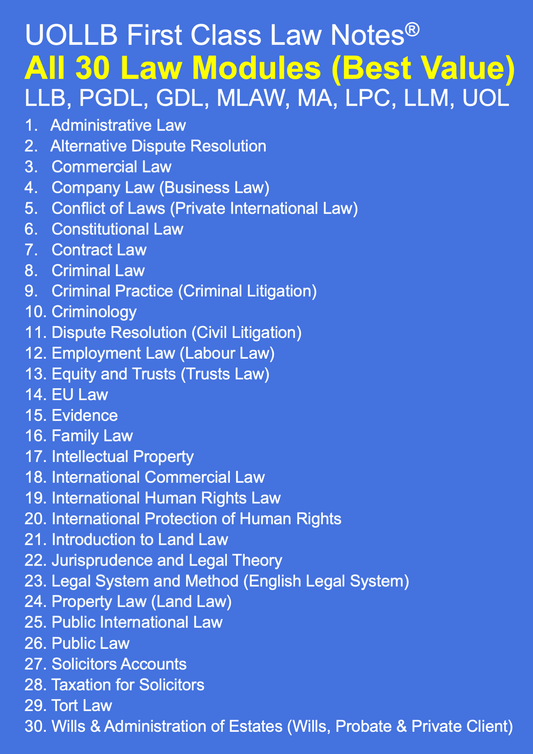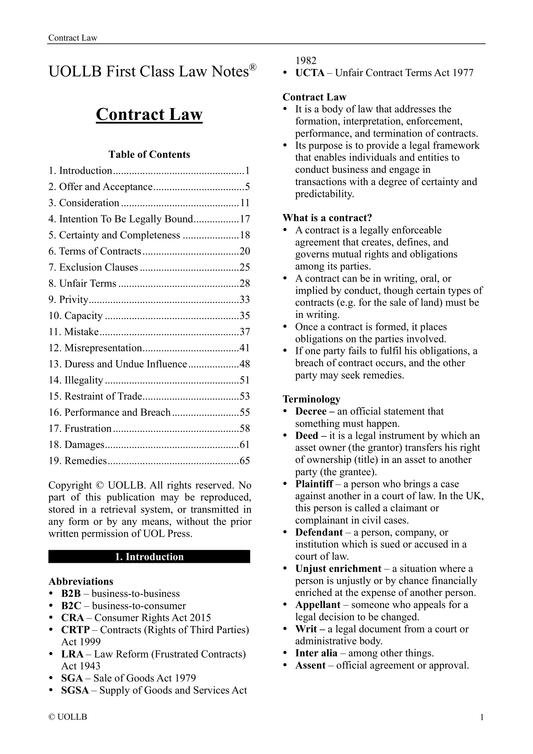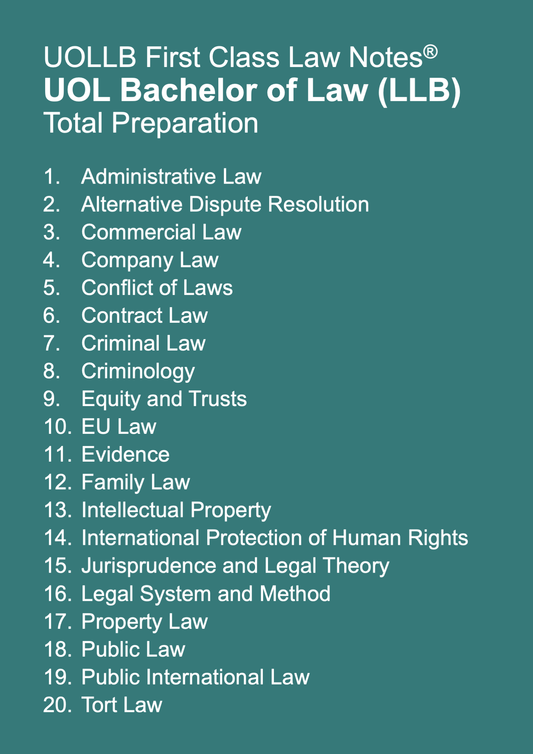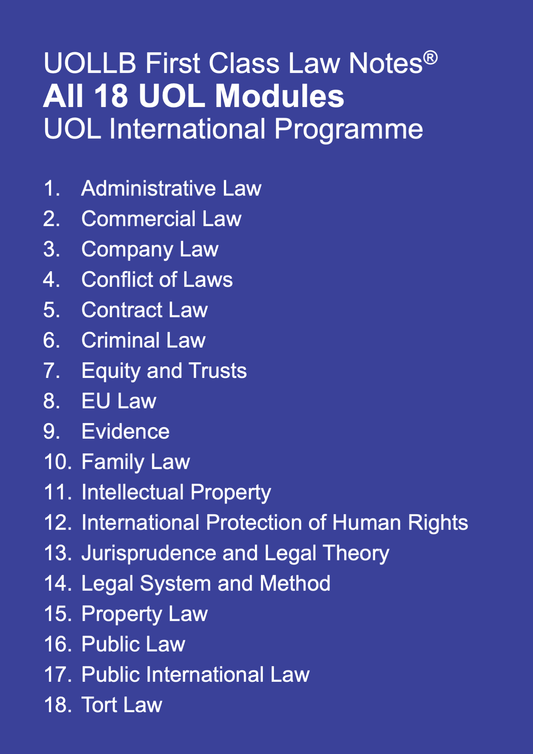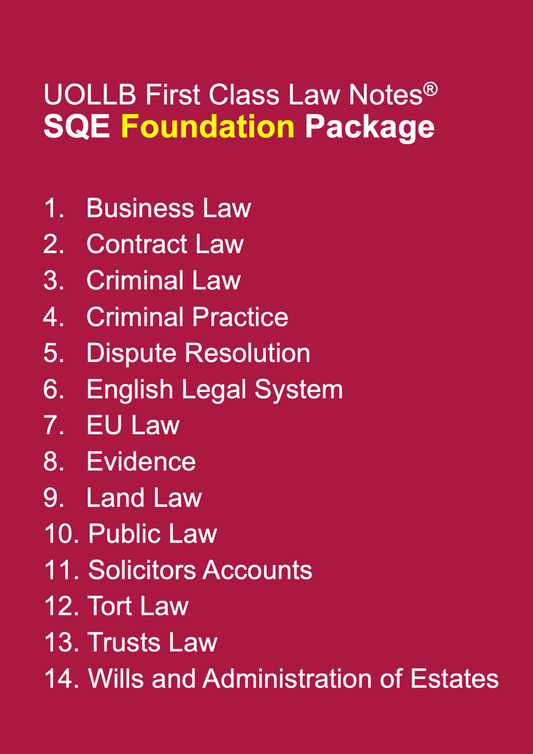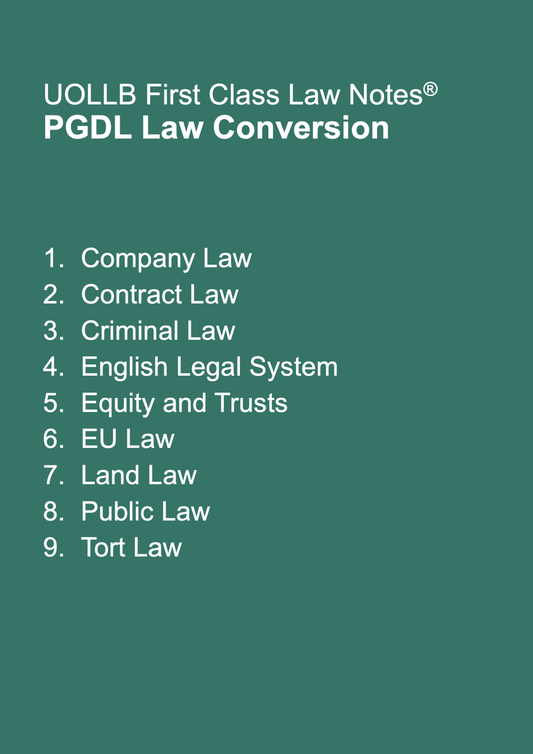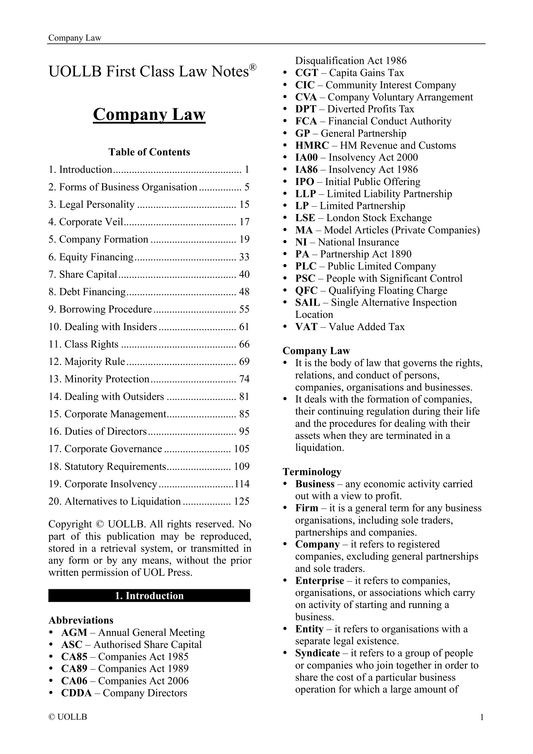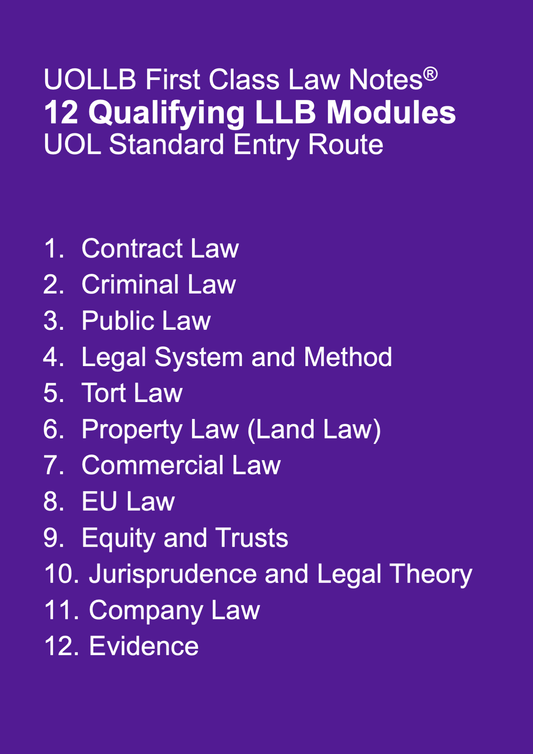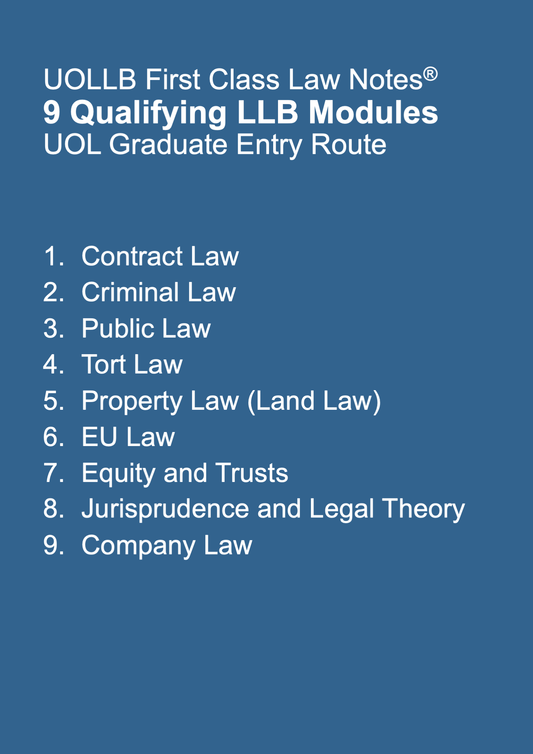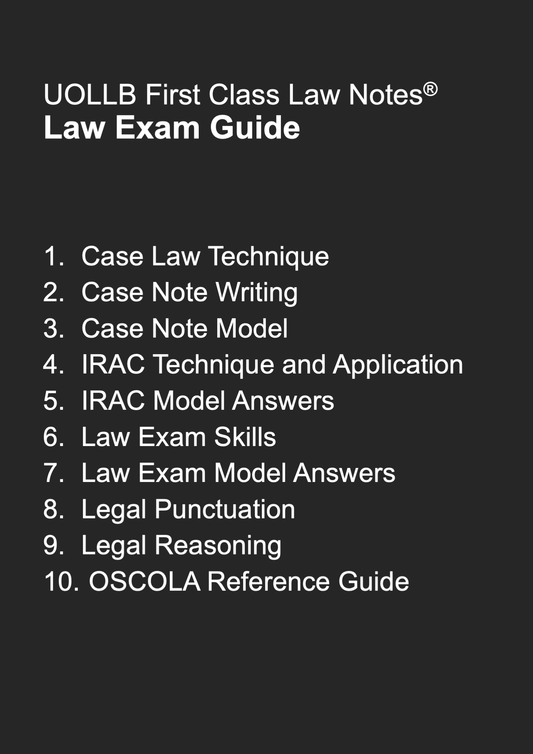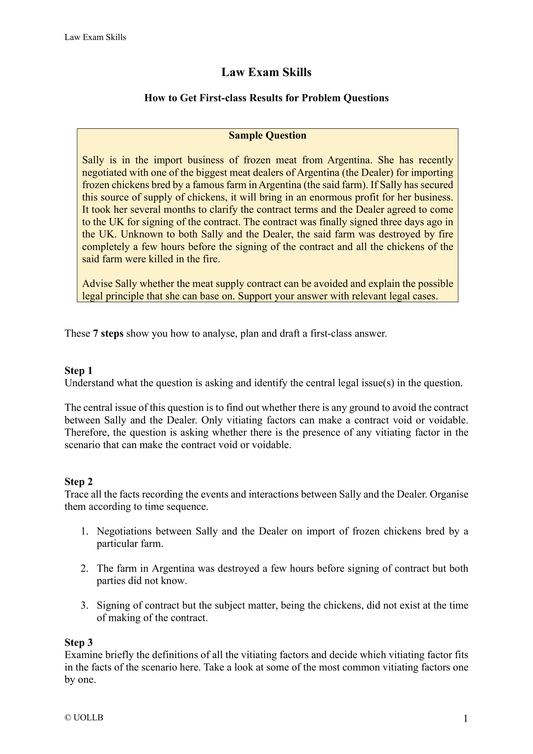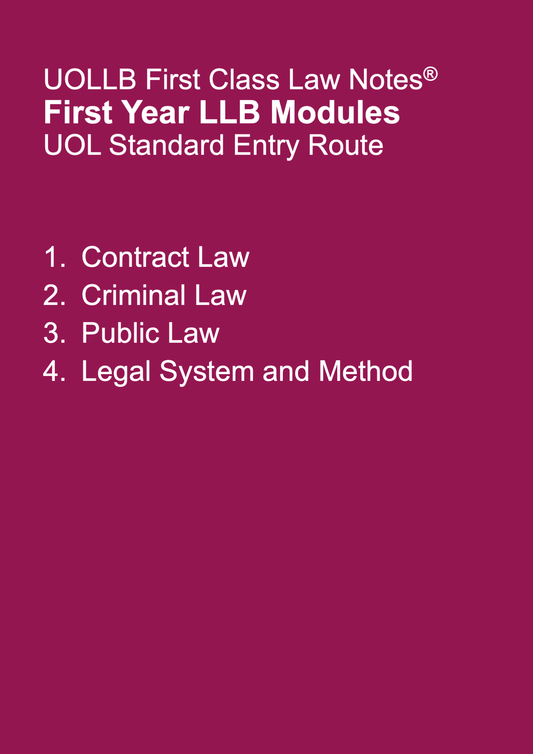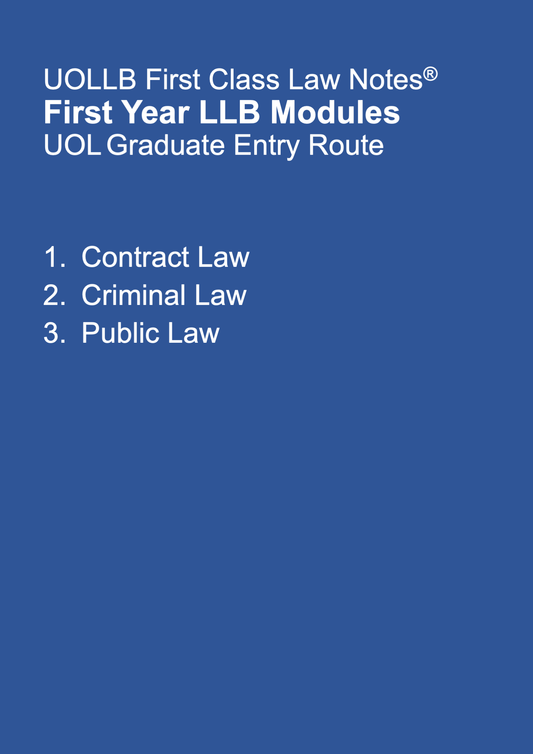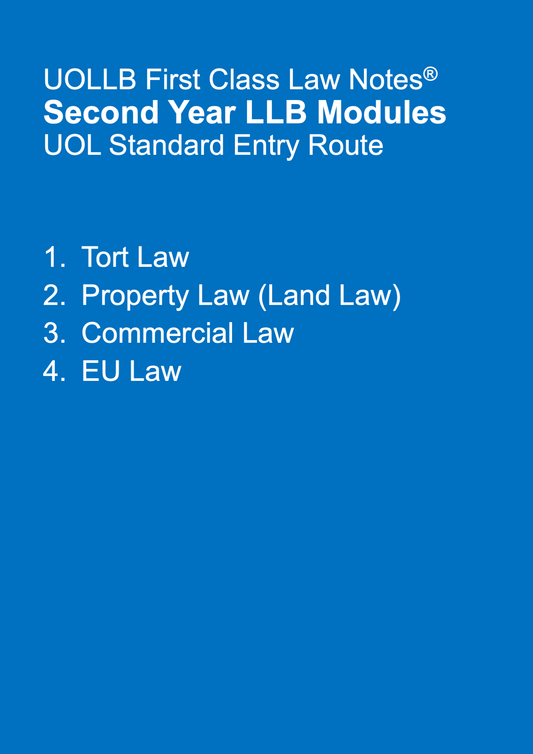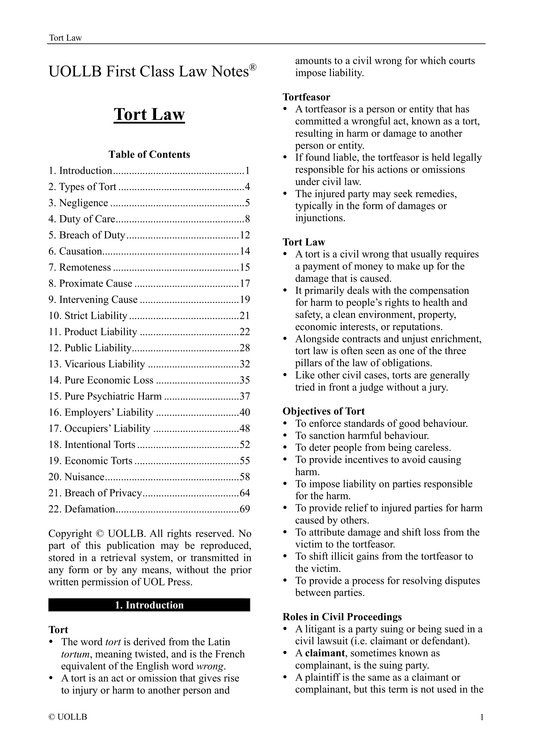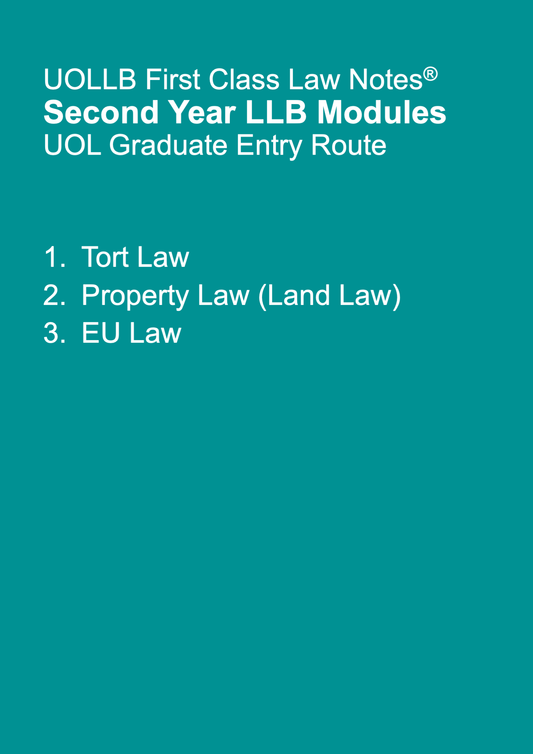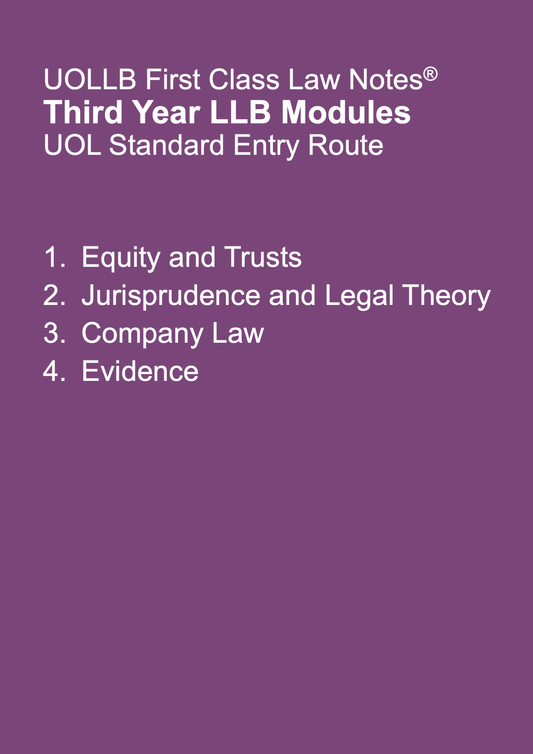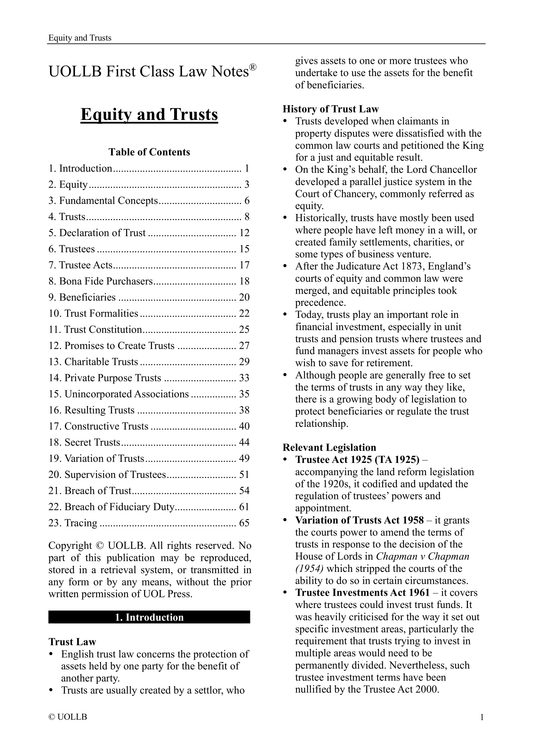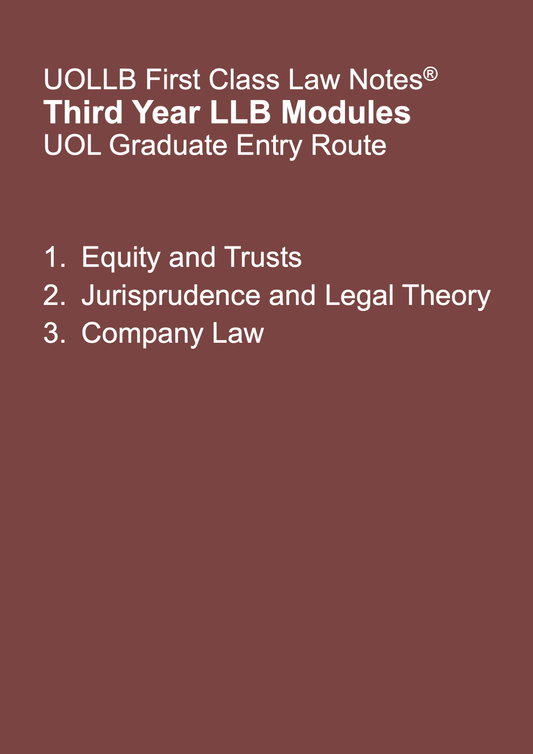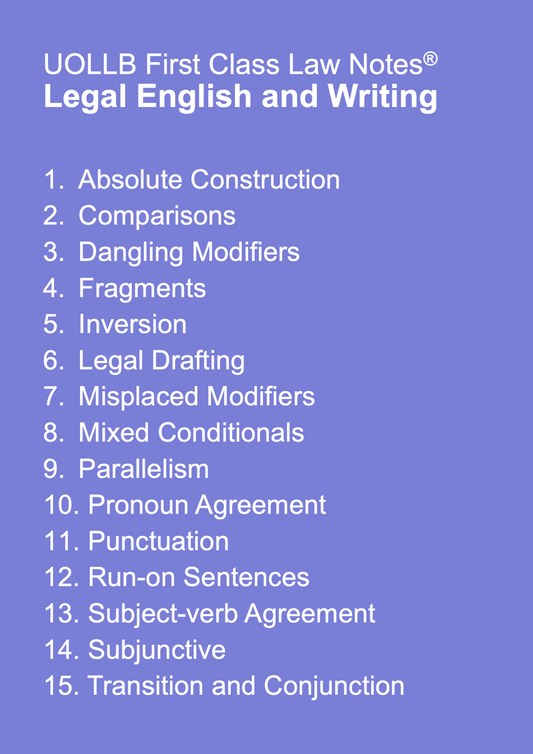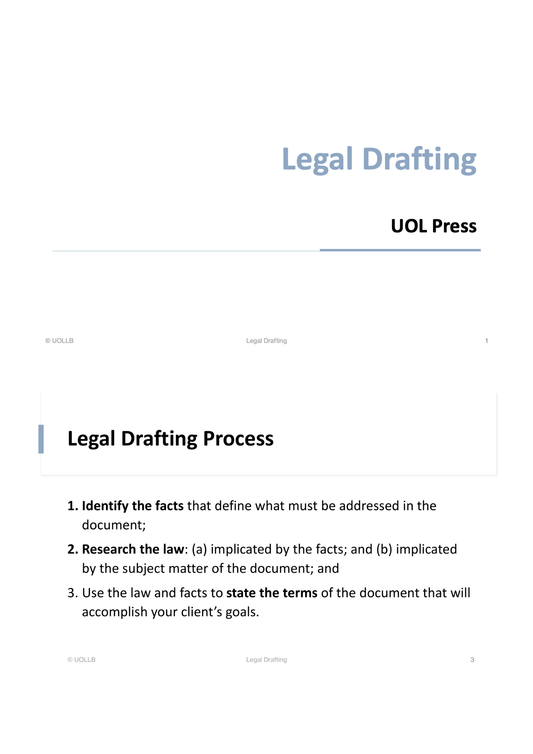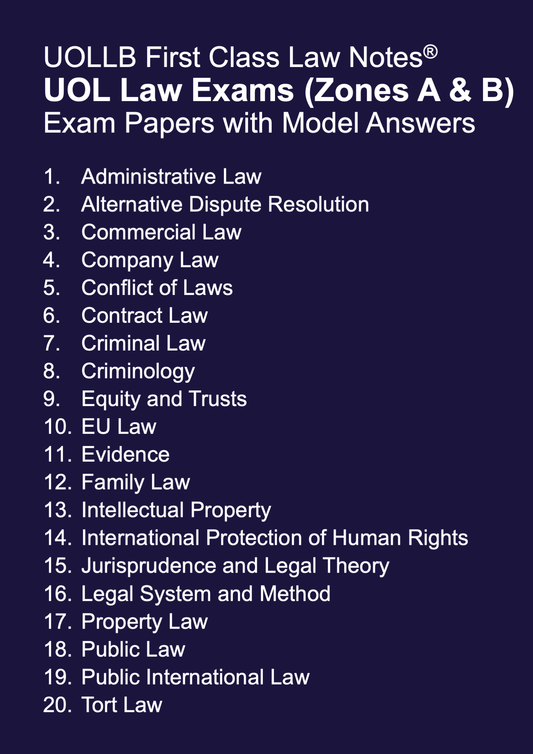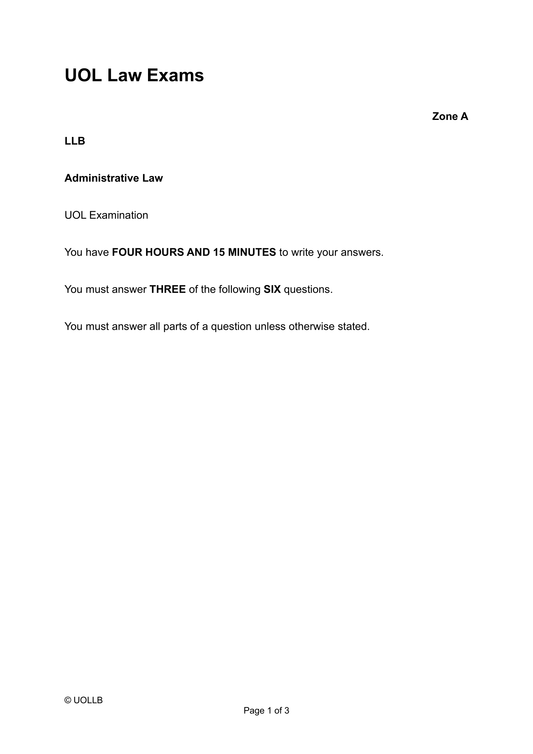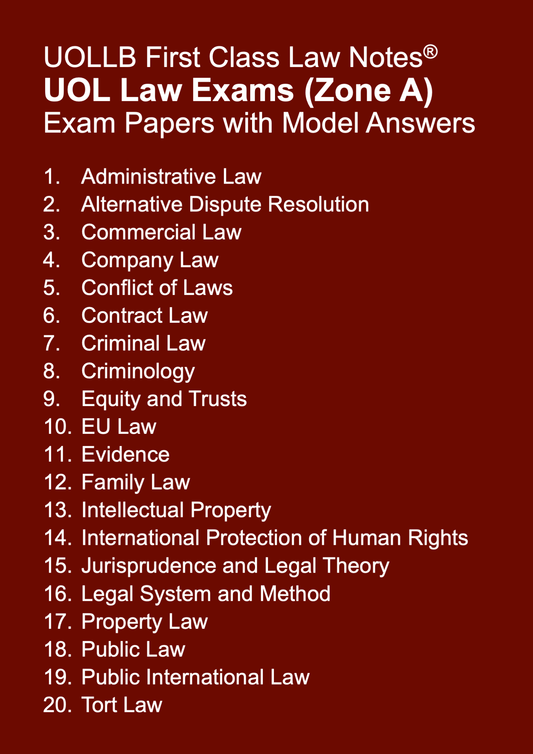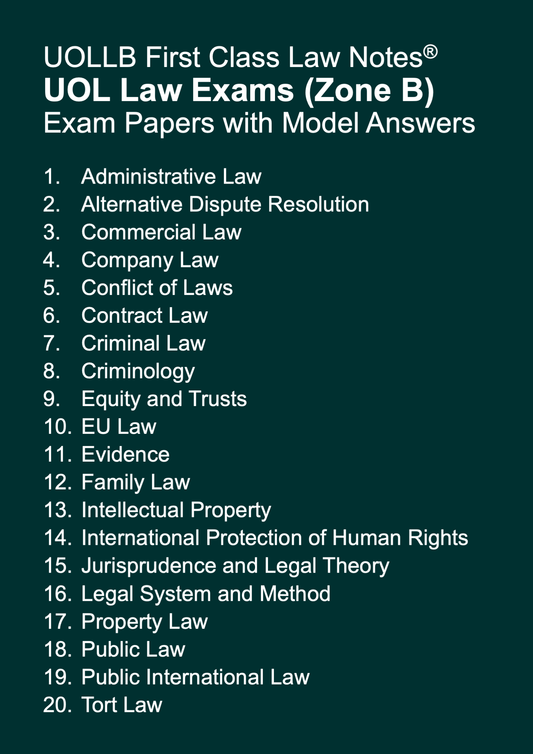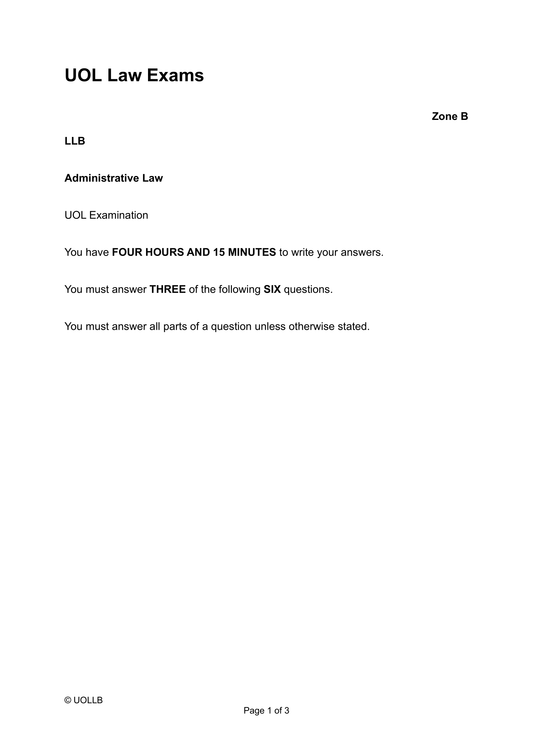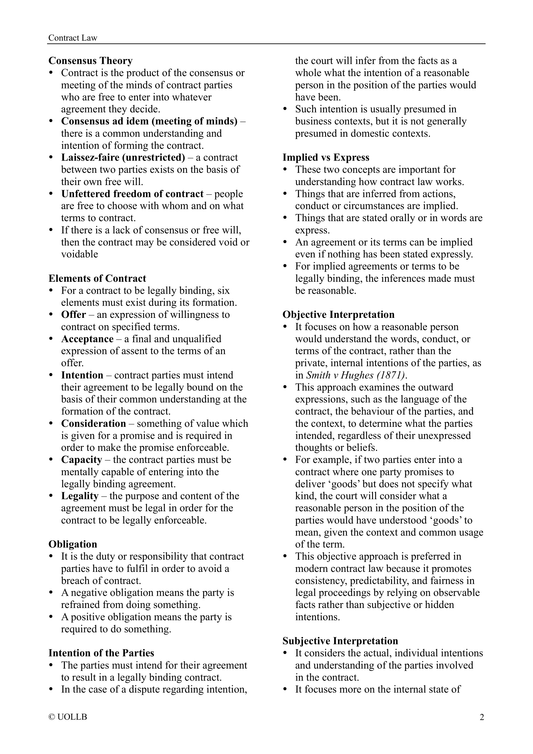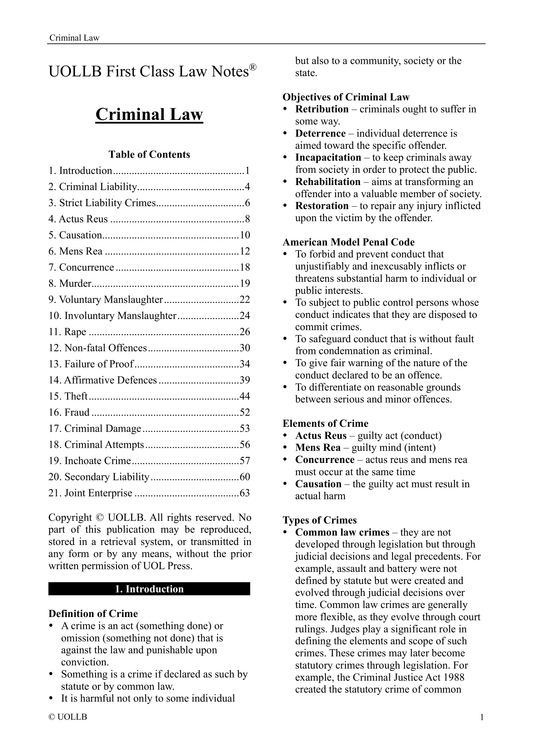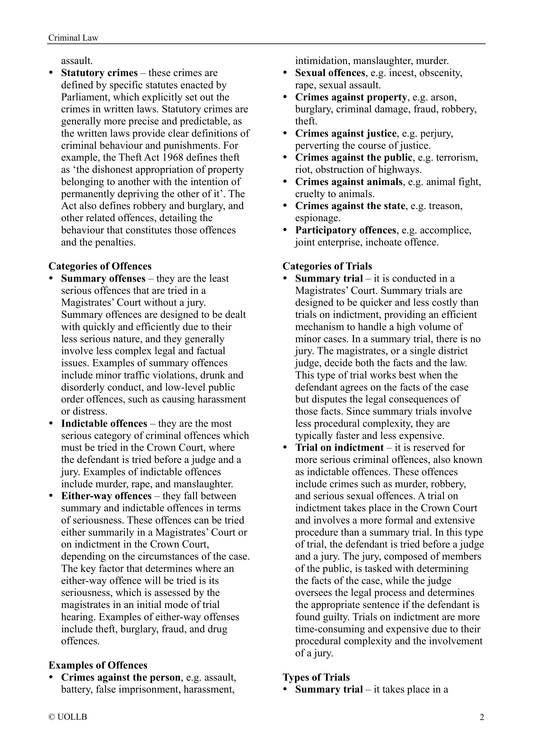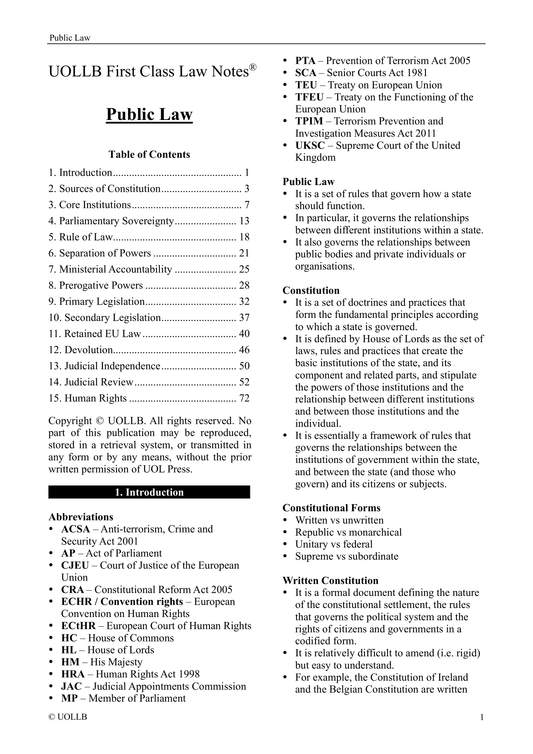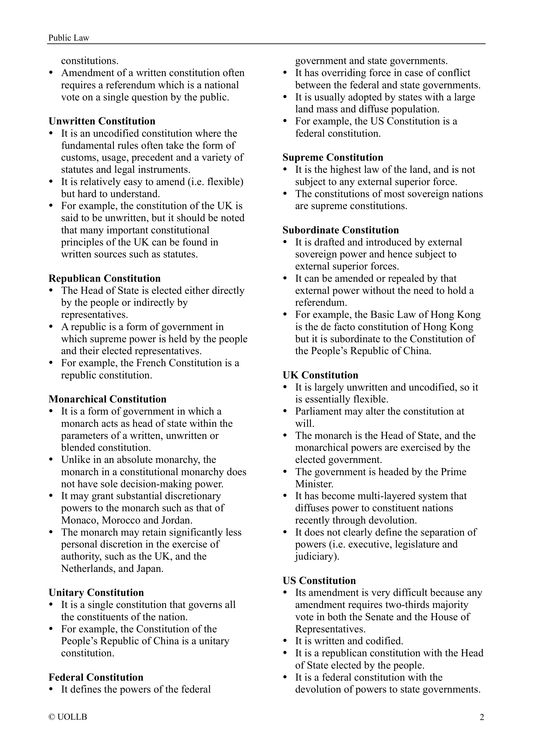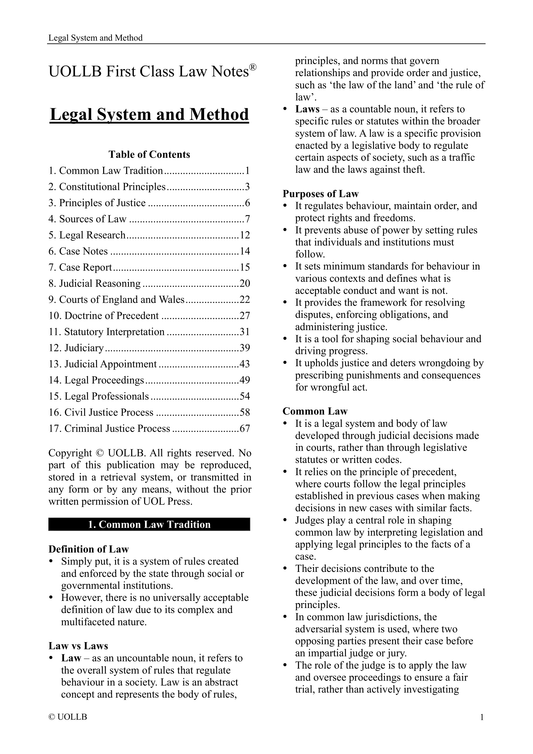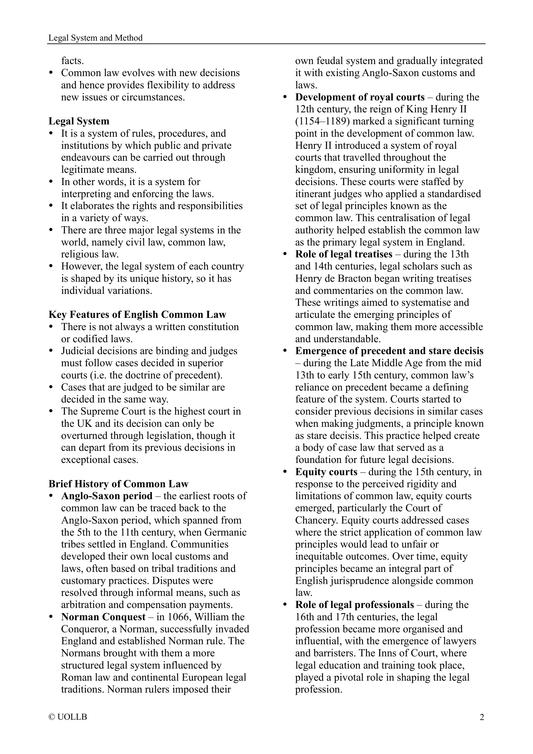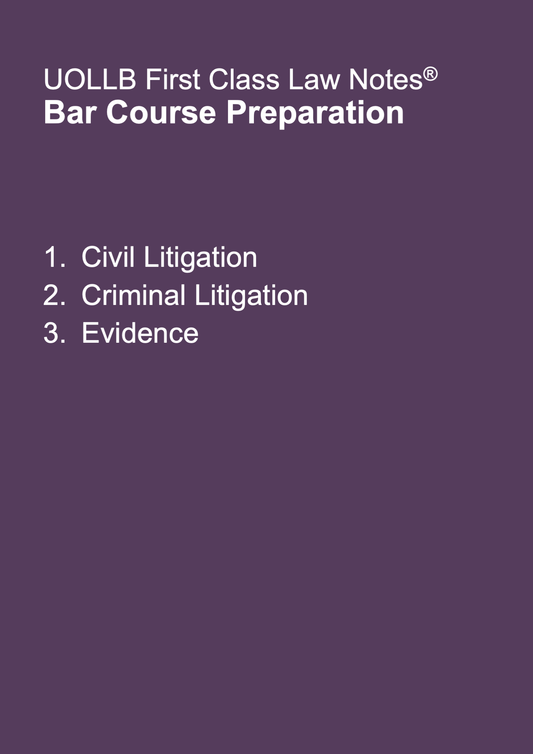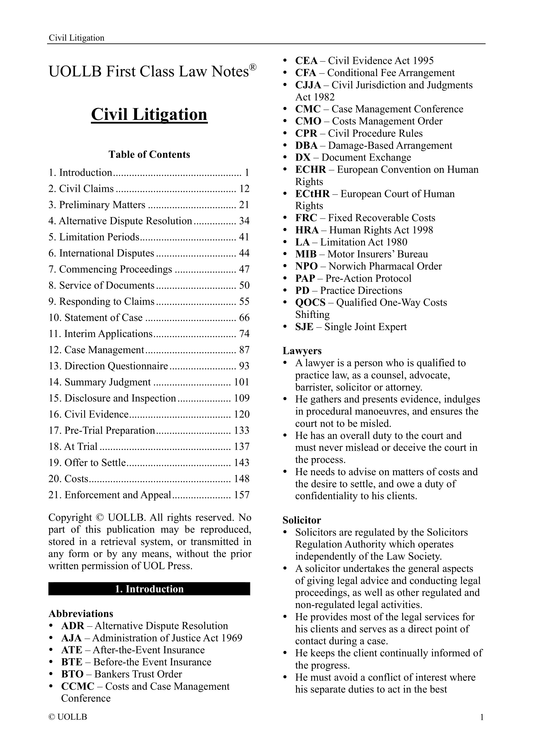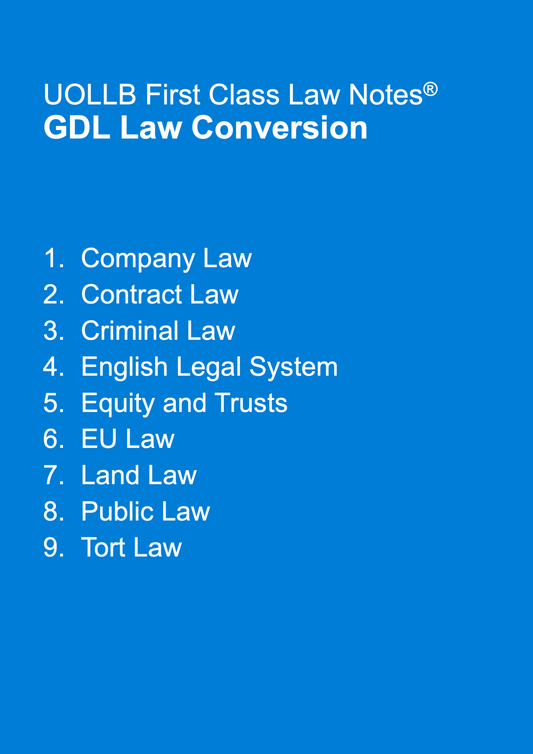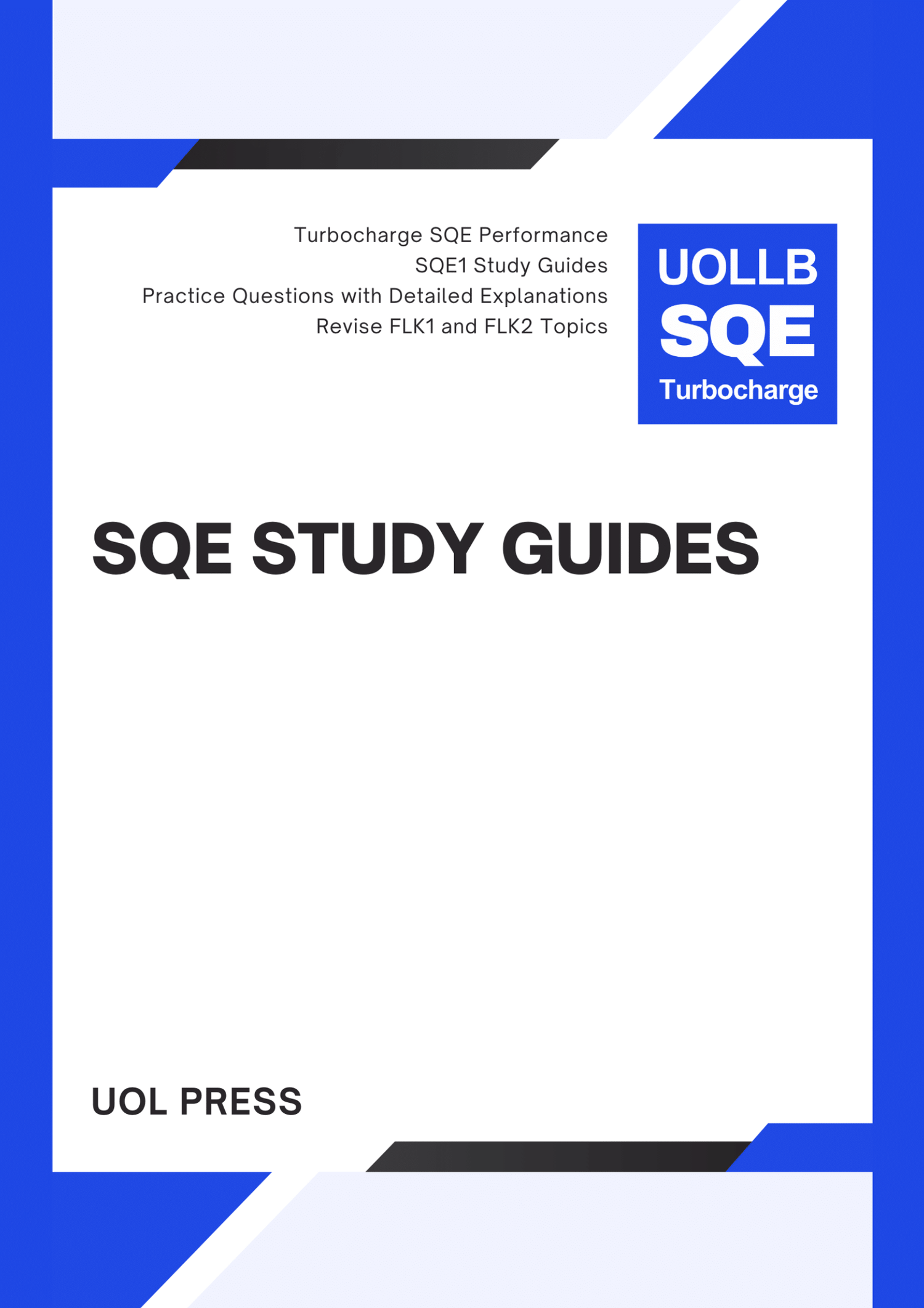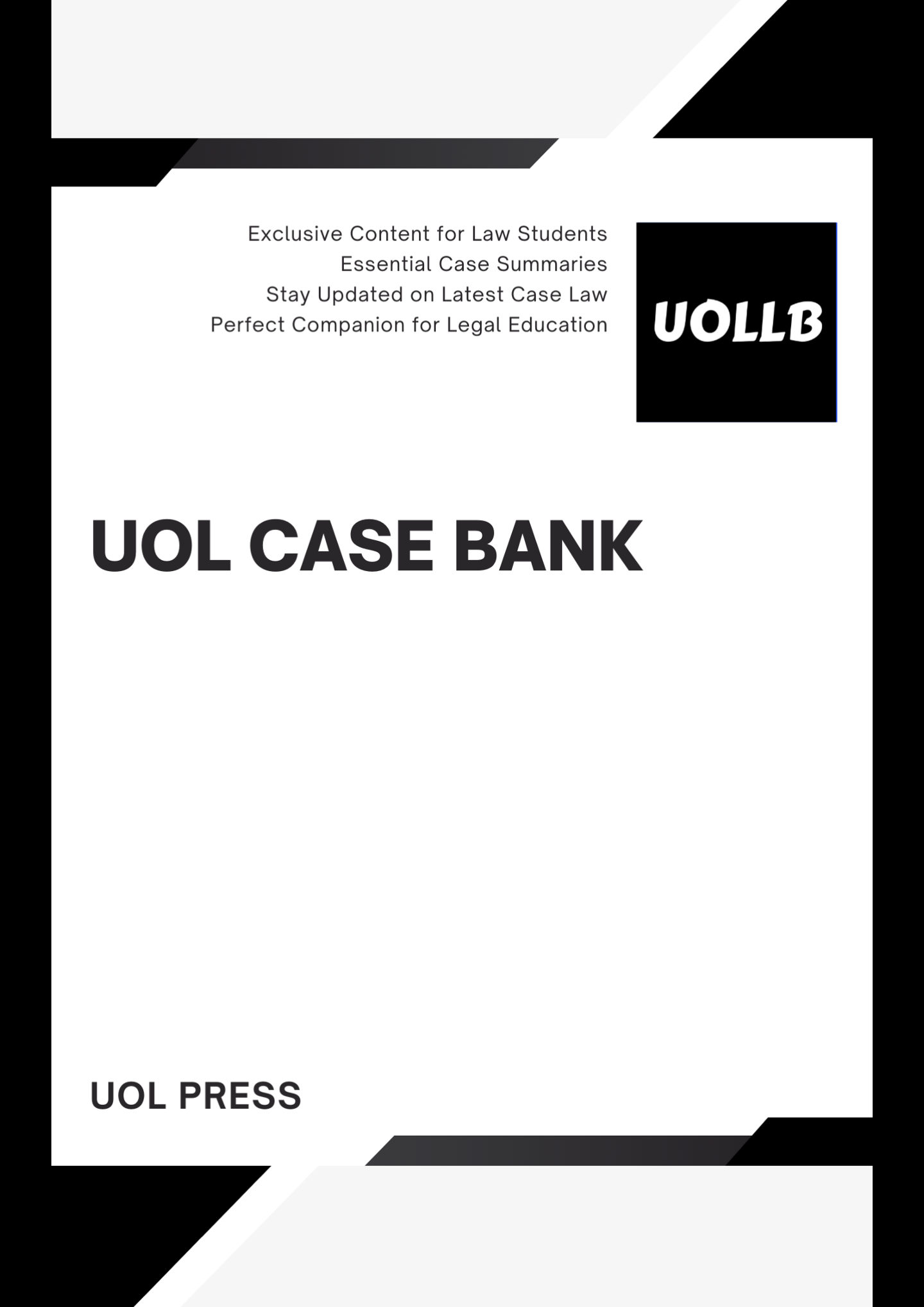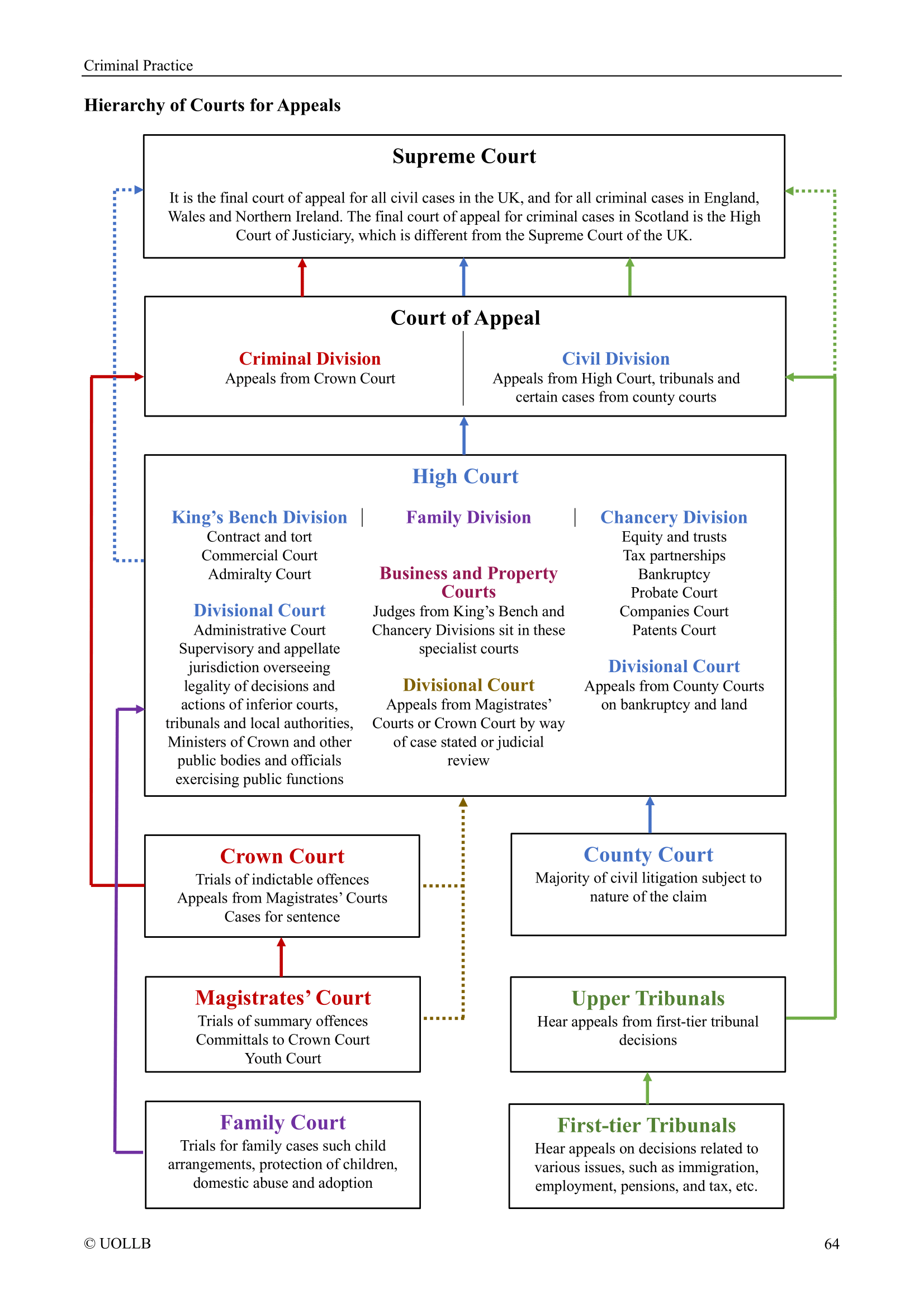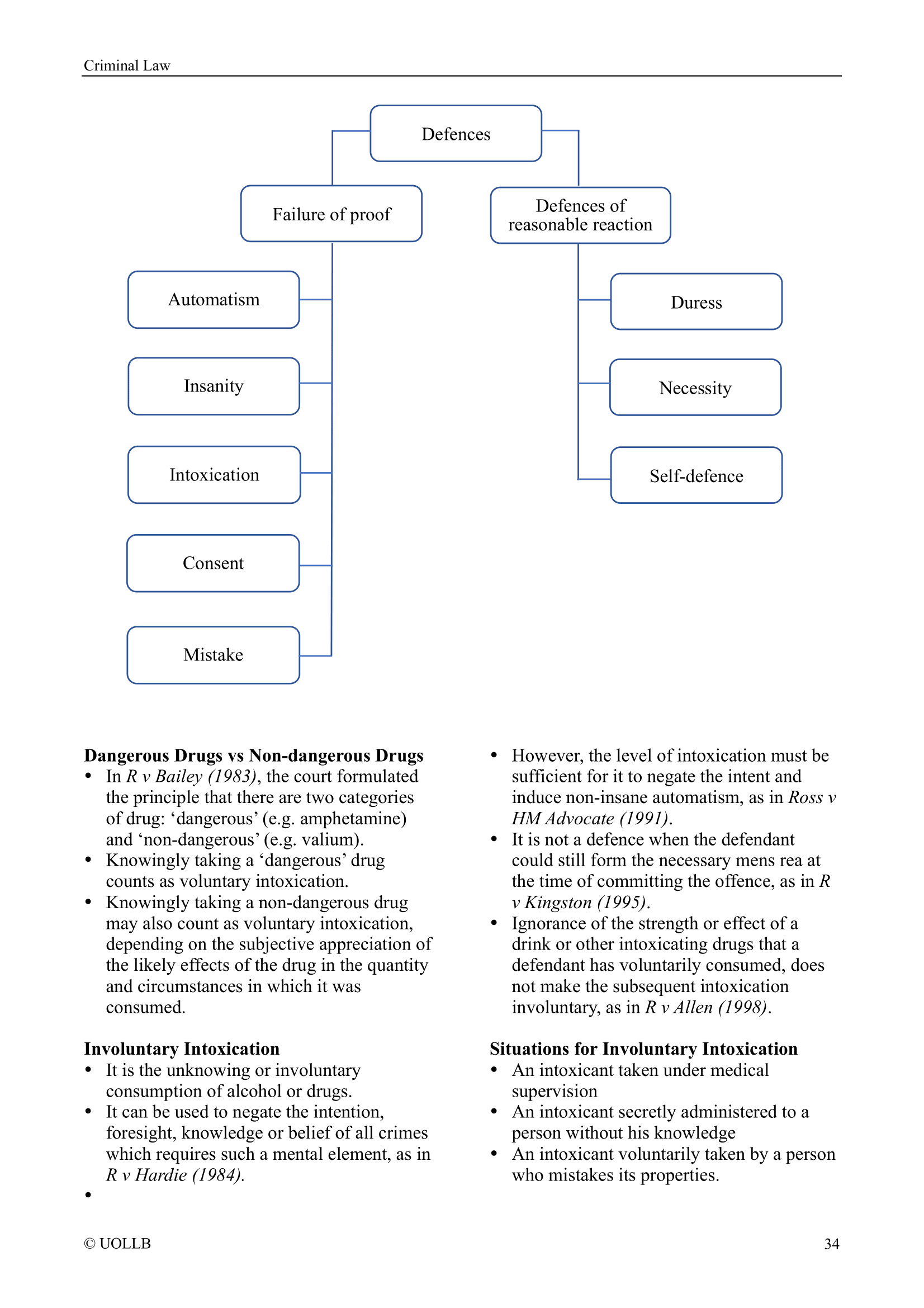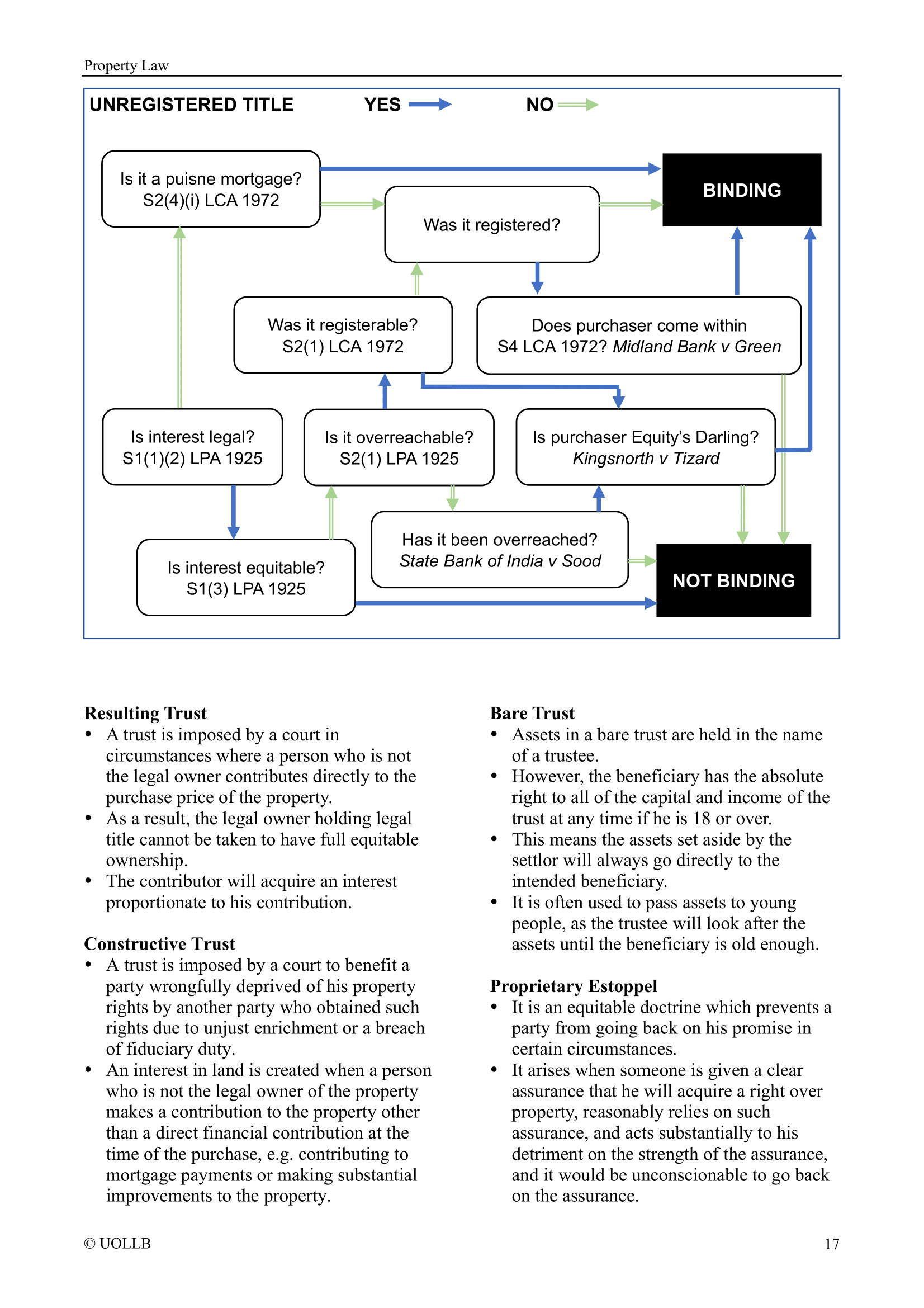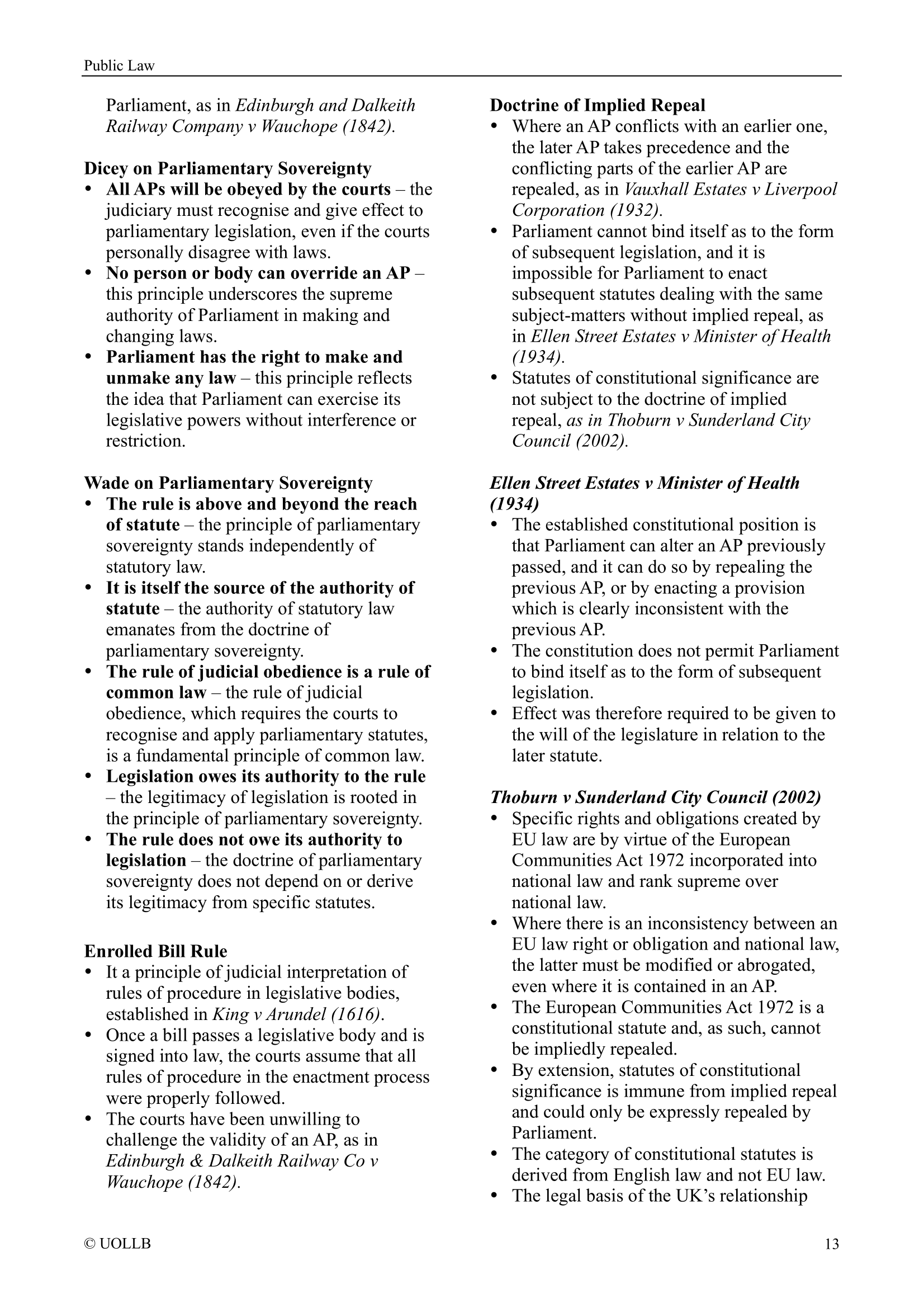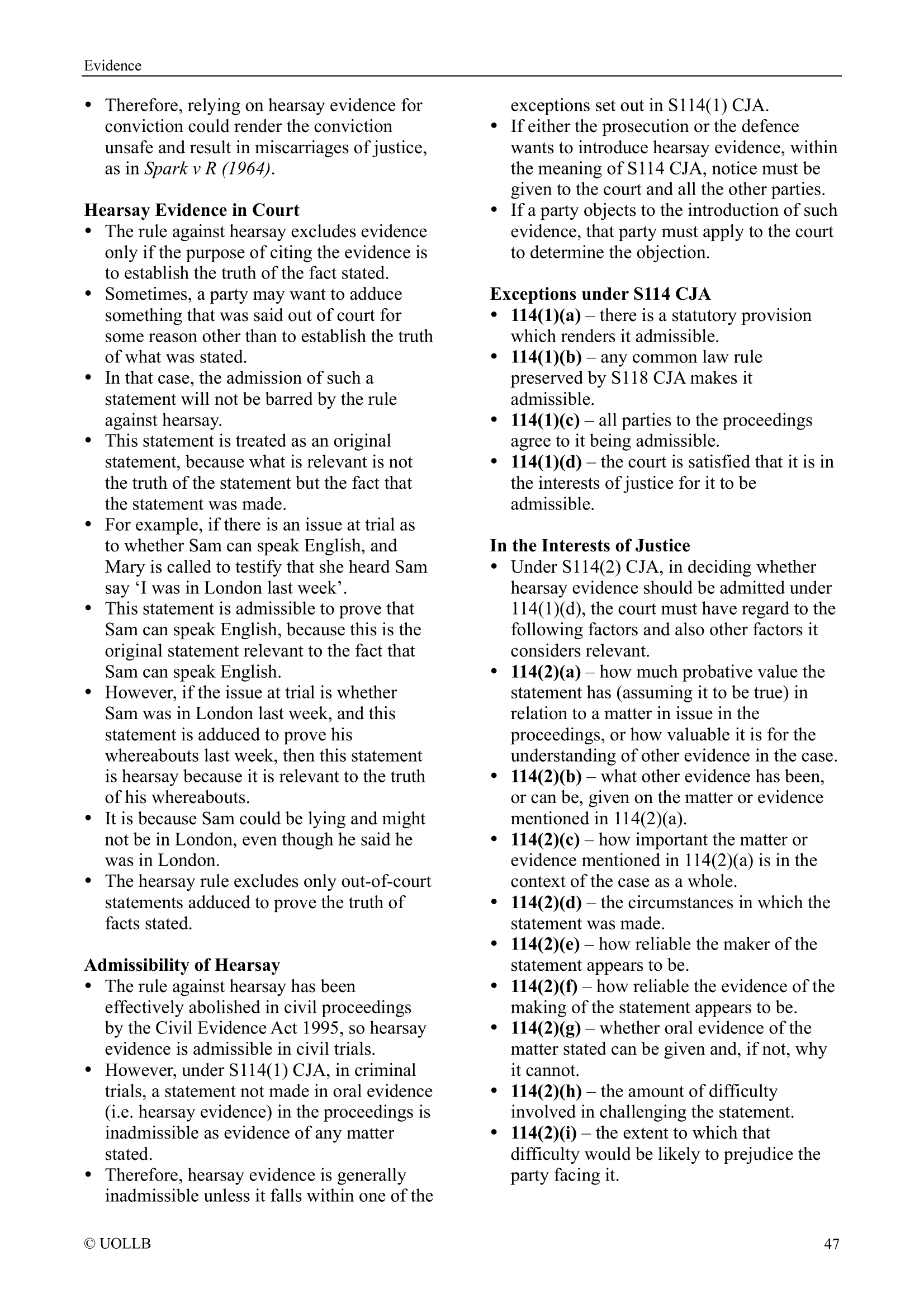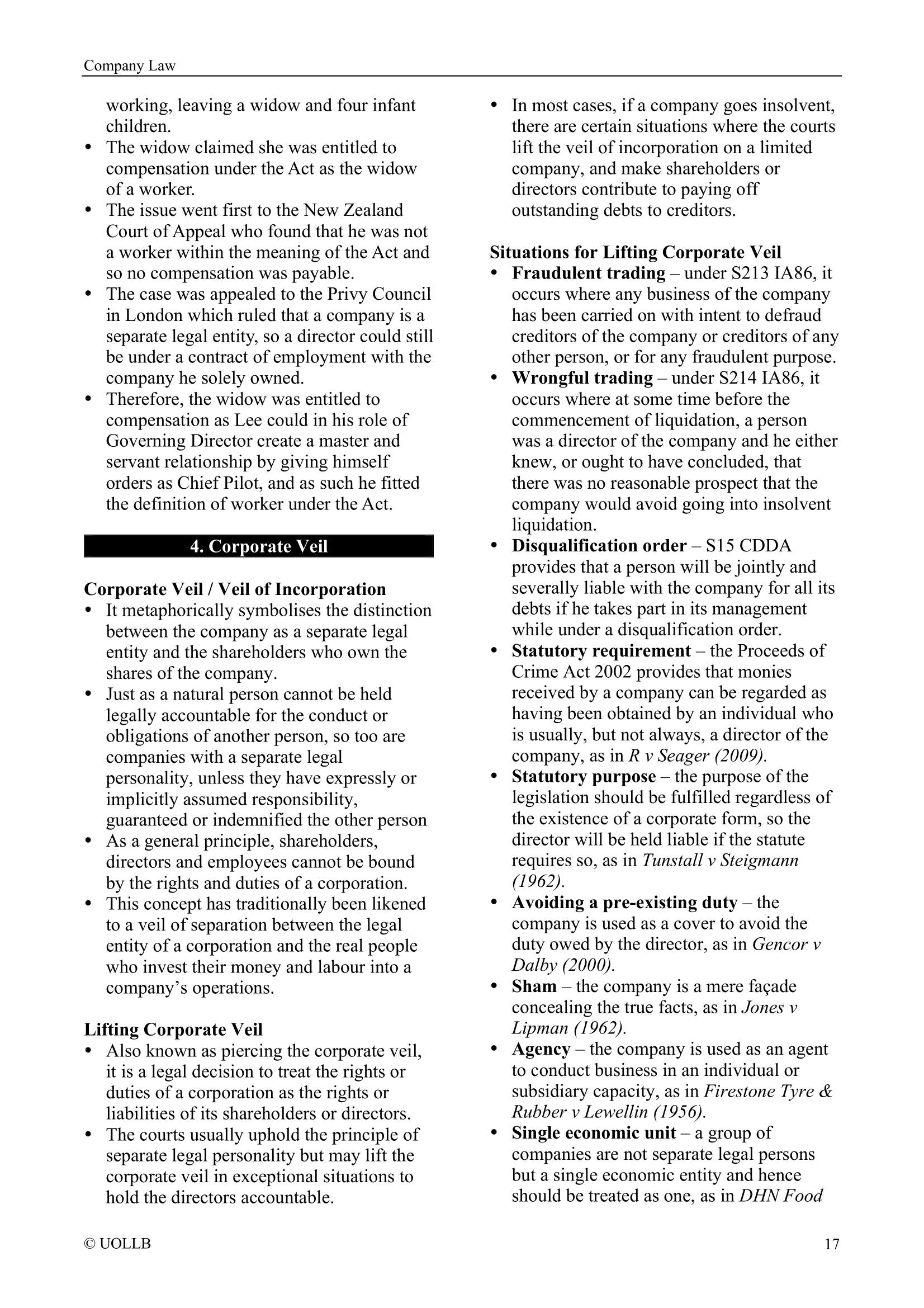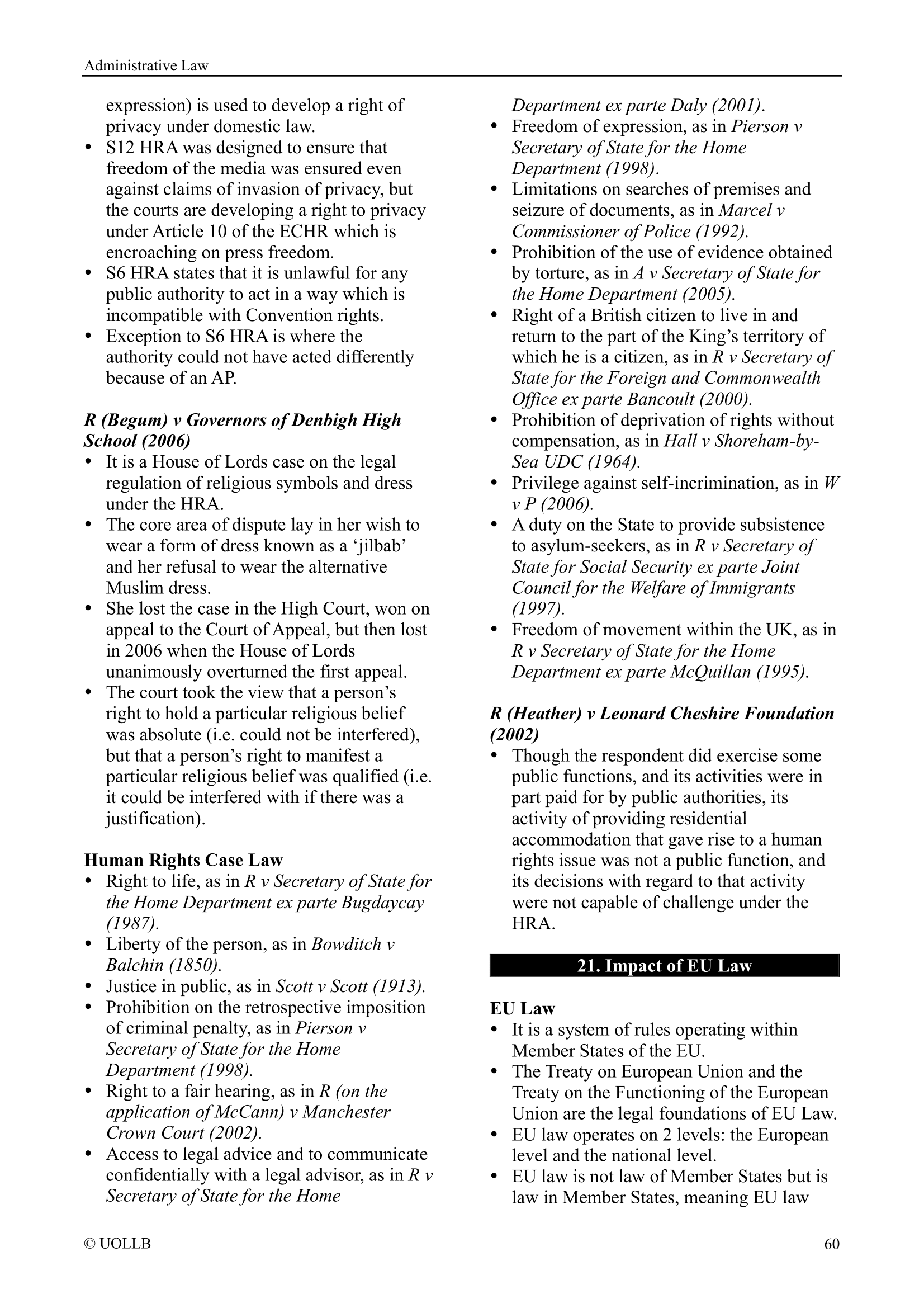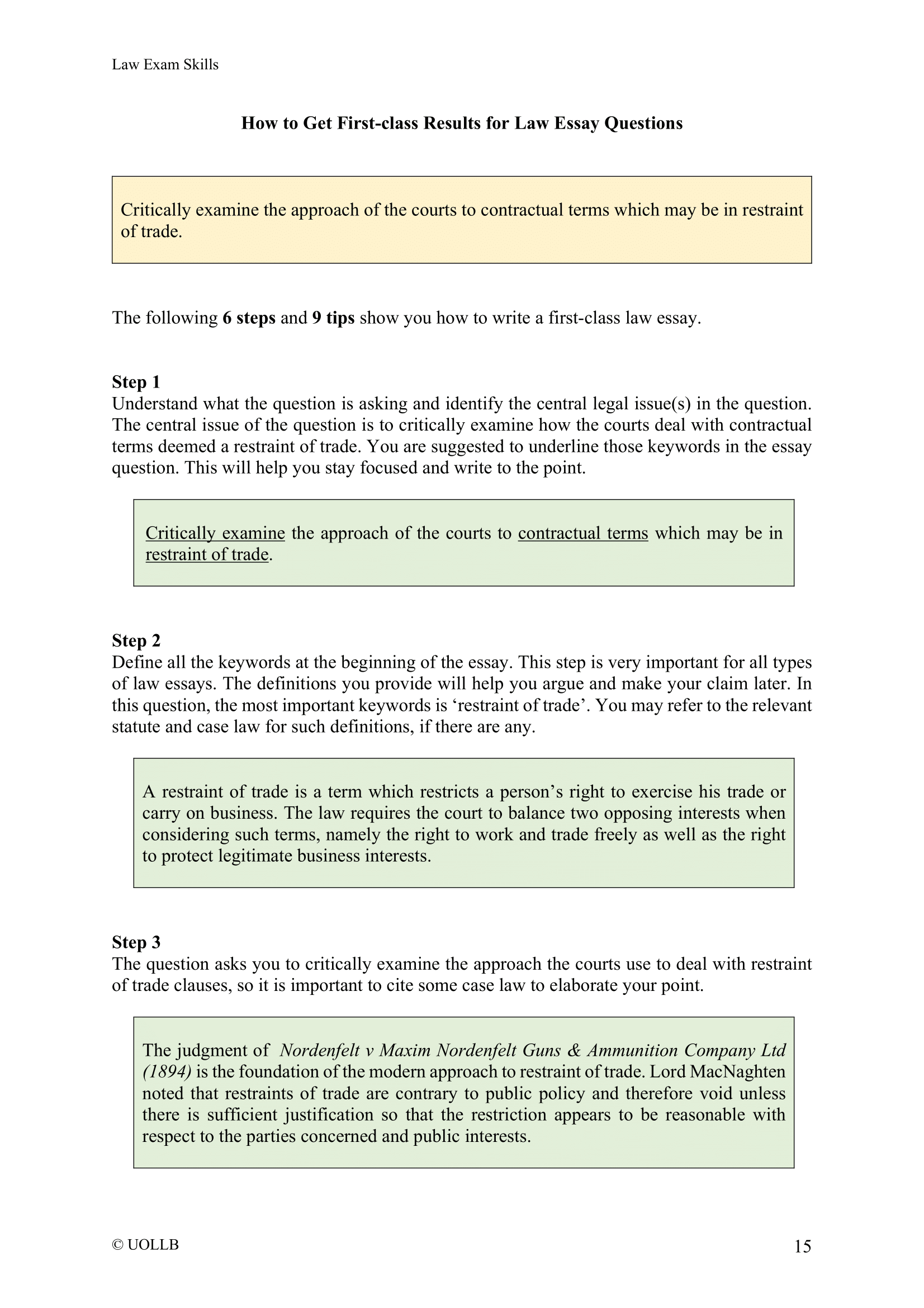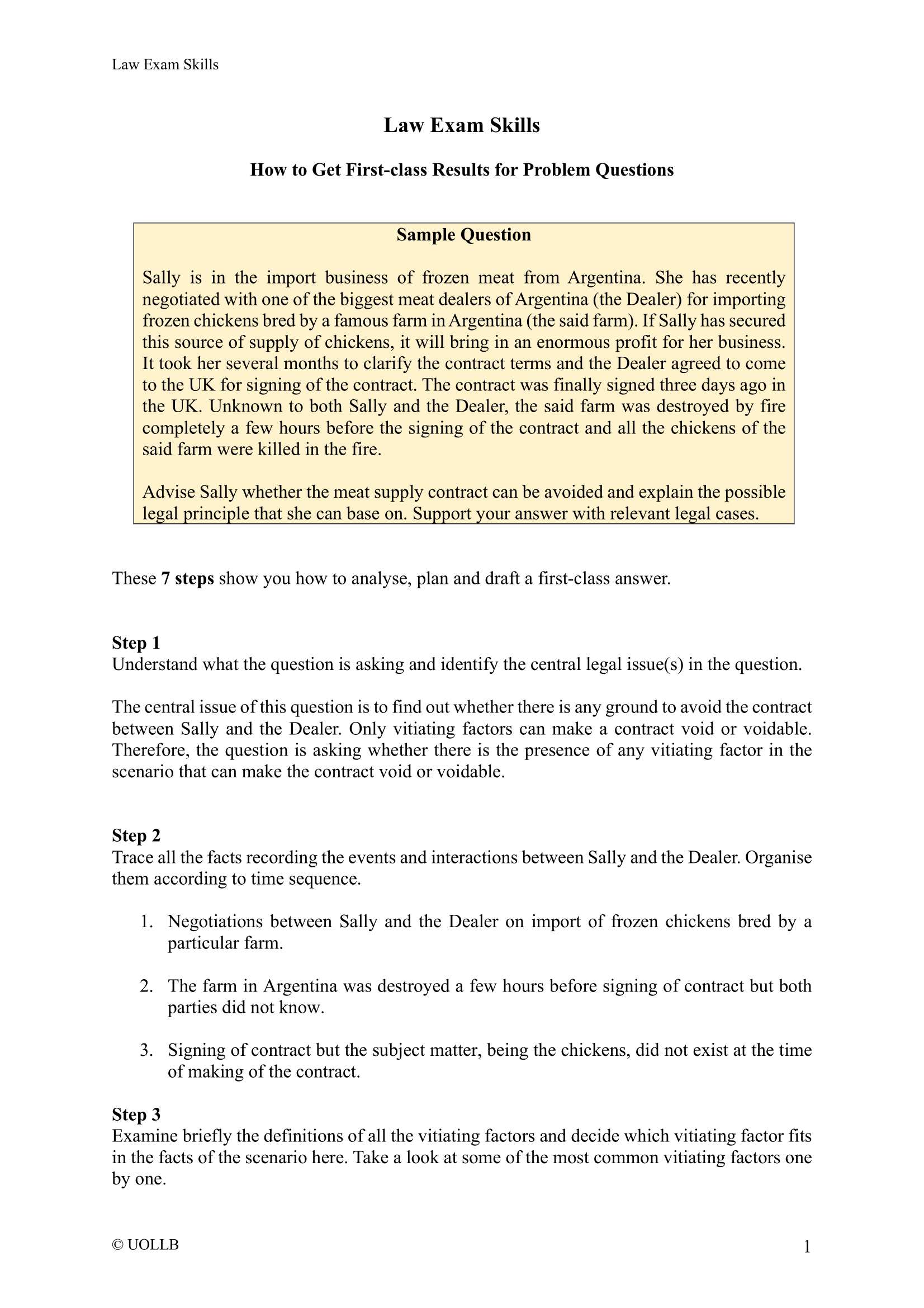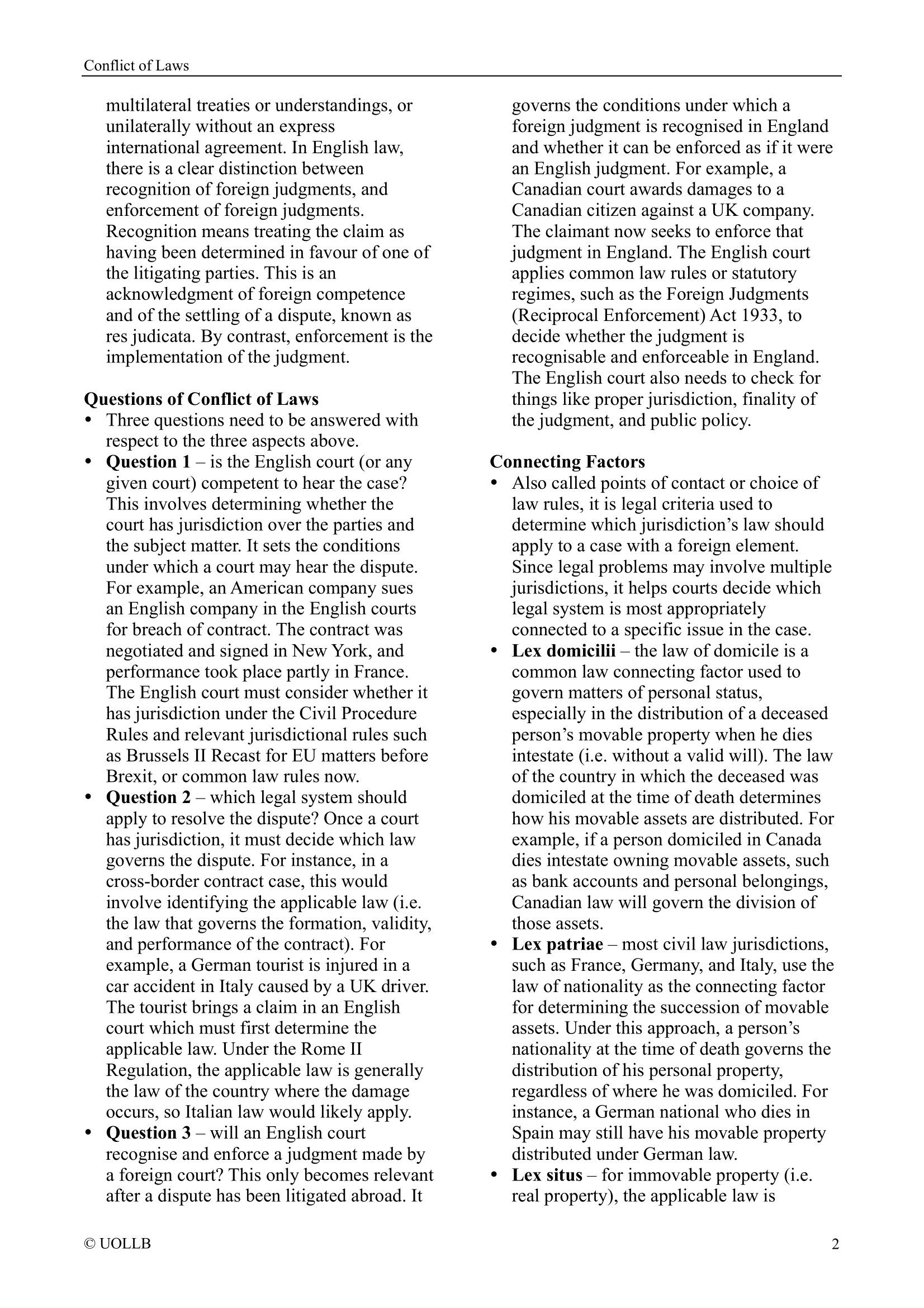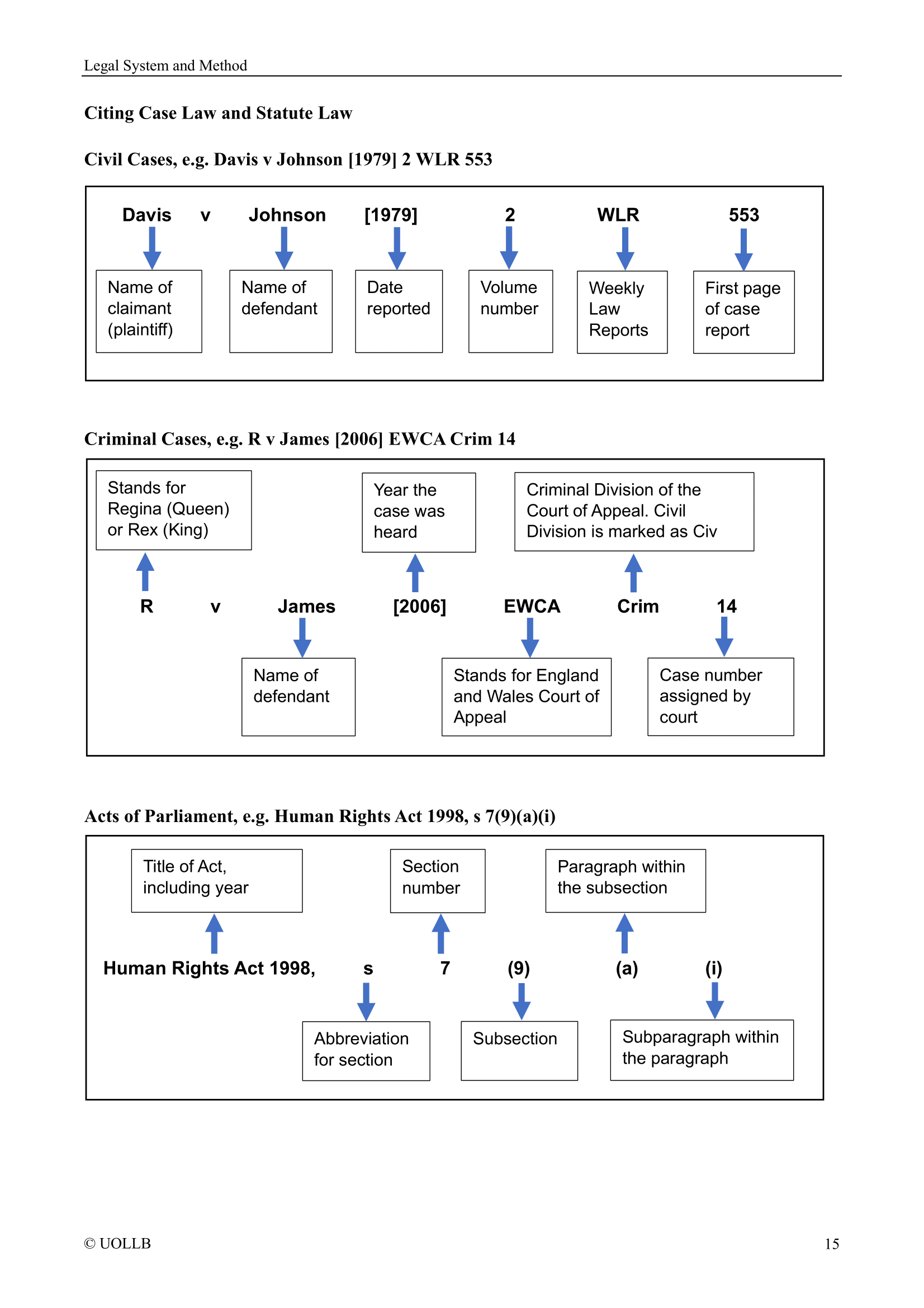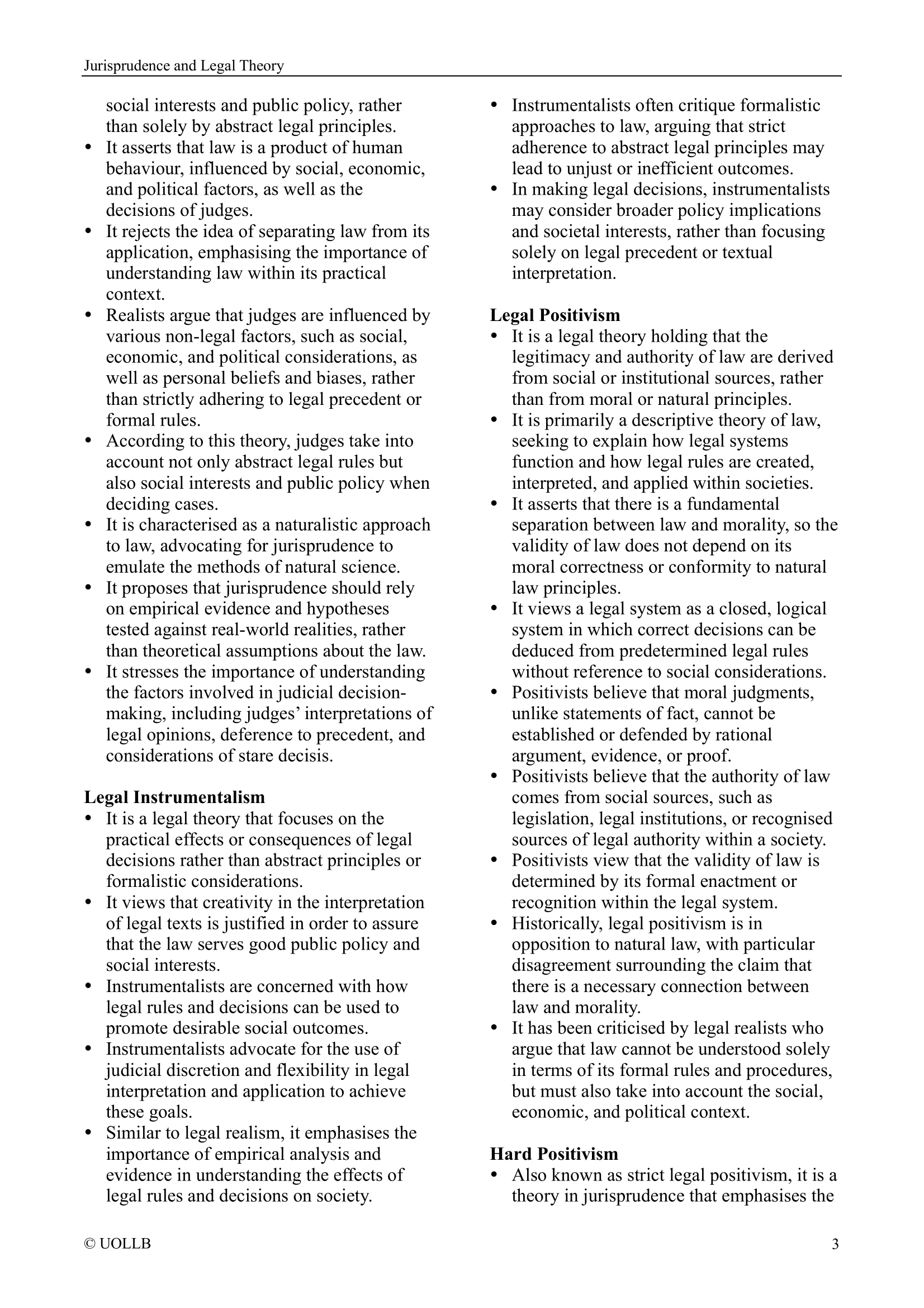British Railways Board v Herrington [1972]
Share
British Railways Board v Herrington [1972] AC 877 is an English tort law case where the House of Lords departed from the previous decision in Addie v Dumbreck, holding that the defendant railway company owed a duty of care to trespassers, specifically to a six-year-old boy who suffered severe burns when he wandered onto a live railway line.
Lord Pearson, in his judgment, explained the reasoning behind departing from the previous authority. He argued that the rule in Addie v Dumbreck, which stated that no duty of care was owed to trespassers, had become obsolete due to changes in physical and social conditions. With an increase in population, more people living in cities and towns, and a decrease in playing spaces for children, there was a greater temptation for children to trespass. Additionally, advancements in technology had introduced new and greater dangers, such as electricity and fast-moving vehicles.
Lord Pearson emphasised that occupiers have a greater need to take reasonable steps to deter trespassers, especially children, from accessing places that pose a danger to them. He considered the Addie v Dumbreck formulation of the duty of care to be inadequate for modern conditions and argued that its rigid and restrictive nature impeded the proper development of the law.
The House of Lords departed from the previous decision and held that the railway company owed a duty of common humanity to trespassers, including the injured child. This ruling recognised the changing circumstances and the need for occupiers to take reasonable steps to protect trespassers, particularly children, from foreseeable harm.
This case exemplifies the evolution of legal principles in response to societal changes and the recognition of the duty of care owed to individuals, even if they are trespassing, in certain circumstances.
